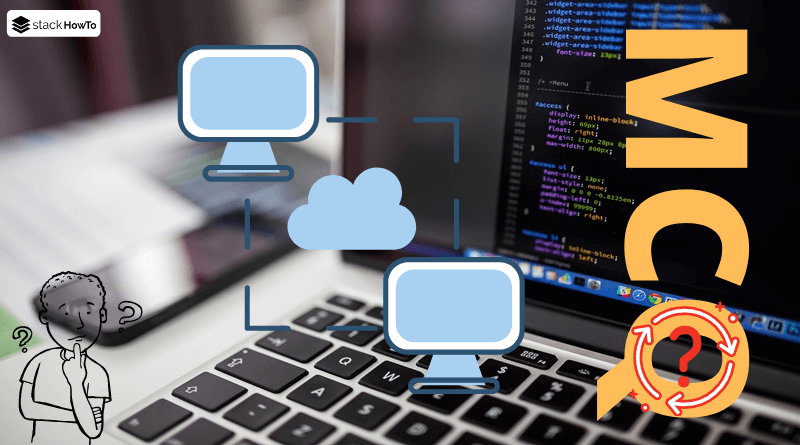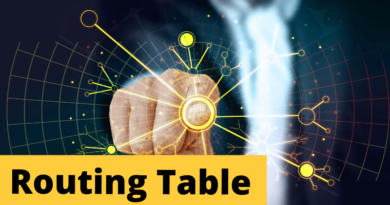What is Multiplexing in Networking?
In this tutorial, we are going to see What is Multiplexing in Networking?
Multiplexing is the ability to transmit data from several equipment sets (senders and receivers) on a single physical link.
Image source: https://commons.wikimedia.org/wiki/File:WDM_operating_principle.svg
The multiplexer (MUX) is the equipment used to combine the signals from the senders and put them on the high-speed channel. The multiplexing equipment on which the receivers are connected to a high-speed channel is called a demultiplexer (DEMUX).
Frequency division multiplexing:
Frequency Division Multiplexing (FDM) is a method of dividing the frequency band available on the high-speed channel into a series of narrower channels so that signals from the different low-speed channels can be transmitted continuously on the high-speed channel.
This process is used in particular on telephone lines and physical twisted-pair links in order to increase the speed.

Time division multiplexing:
Time-division multiplexing, also called TDM (Time Division Multiplexing), allows the signals of the different low-speed channels to be successively selected and transmitted on the high-speed channel, allocating the entire bandwidth to them, even if they do not have any data to transmit.
Statistical multiplexing:
Statistical multiplexing has the same characteristics as time-division multiplexing, except that it transmits only the low-speed channels containing data on the high-speed channel. The name of this type of multiplexing comes from the fact that the multiplexers are based on statistics concerning the rate of each low-speed line.
Thus, since the high-speed line does not transmit blanks, performance is better than with time-division multiplexing.





